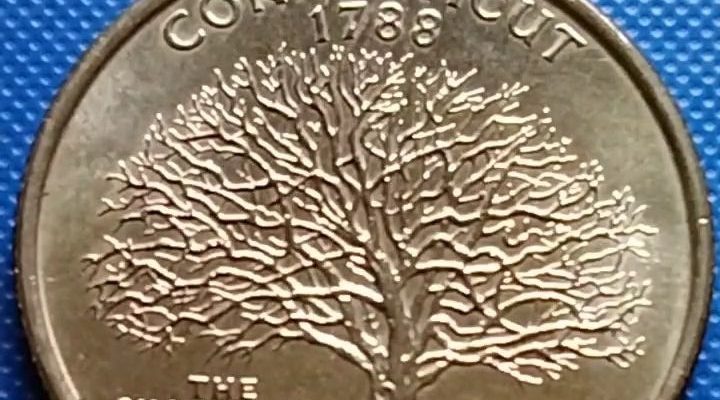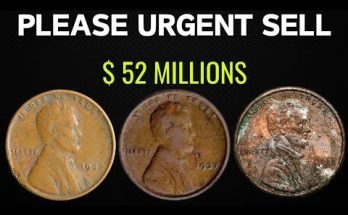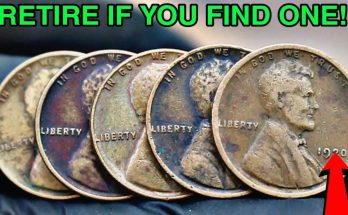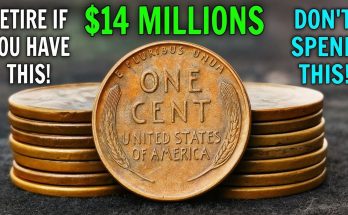The 1999 United States Quarter: A Symbol of History and A New Era of Collecting
The year 1999 marked a significant turning point for American coinage with the launch of the United States Mint’s 50 State Quarters Program. This ambitious initiative was designed to honor each of the 50 states by releasing five new quarter designs annually, in the order that the states ratified the Constitution or were admitted to the Union. More than just new coins, these quarters became miniature pieces of art, education, and history, sparking a new generation’s interest in coin collecting. The first state to be commemorated in this landmark series was Delaware, followed by Pennsylvania, New Jersey, Georgia, and finally, Connecticut.
The 1999 Connecticut State Quarter, a twenty-five-cent piece with a powerful historical story, quickly became a favorite among collectors. The coin’s obverse (front) retains the classic portrait of George Washington by John Flanagan, a design that has been a staple of the quarter since 1932. However, the reverse (back) side of the coin tells a unique and compelling tale from America’s colonial past.
The design features a magnificent oak tree, known as the Charter Oak, with a banner beneath it bearing the inscription “THE CHARTER OAK.” The words “CONNECTICUT 1788” are inscribed above the tree, marking the year the state became the fifth to ratify the U.S. Constitution. The Charter Oak is not just a tree; it’s a profound symbol of freedom and self-governance for the state of Connecticut. The legend dates back to 1687, when the English governor, Sir Edmund Andros, attempted to seize Connecticut’s Royal Charter to consolidate British control. According to tradition, as Andros and his men prepared to take the document, the candles in the meeting house were mysteriously extinguished. When they were relit, the Charter had vanished, having been swiftly hidden in the hollow of the ancient Charter Oak by a local patriot. This act of defiance preserved the state’s autonomy and became a cornerstone of its identity.
The 50 State Quarters Program was an undeniable numismatic phenomenon. It was the most popular coin program in U.S. history, attracting an estimated 147 million collectors who actively sought out each new release. Banks and retail stores saw a surge in demand for the new quarters, and the simple act of checking pocket change became a daily treasure hunt for many Americans. The program’s educational component was a key factor in its success, as each coin was a miniature lesson in state history, geography, and culture. The quarters were released in a predictable schedule, and collectors eagerly anticipated each new design, from the Delaware quarter’s depiction of Caesar Rodney to the Pennsylvania quarter’s image of a statue of Commonwealth.
While a common 1999 Connecticut quarter found in circulation is typically worth only its face value of twenty-five cents, its numismatic value lies in its condition and rarity. Uncirculated and proof versions, often sold by the U.S. Mint in special sets, hold a higher value for collectors. The coins were minted in Philadelphia (“P” mint mark), Denver (“D” mint mark), and San Francisco (“S” mint mark), with the S-mint coins typically minted in higher quality for collectors. Some rare error coins or varieties may exist for various state quarters, but they are not as widely known as the famous errors found on some older coins, such as the Lincoln Wheat Cent.
In conclusion, the 1999 United States twenty-five cent coin, with its depiction of the Charter Oak, is more than just a piece of currency. It is a tangible piece of American history and a testament to the success of a program that fundamentally changed the landscape of coin collecting. It represents a cherished piece of Connecticut’s story and the beginning of a five-year journey that reconnected millions of people to the rich and diverse heritage of their country, one quarter at a time.



